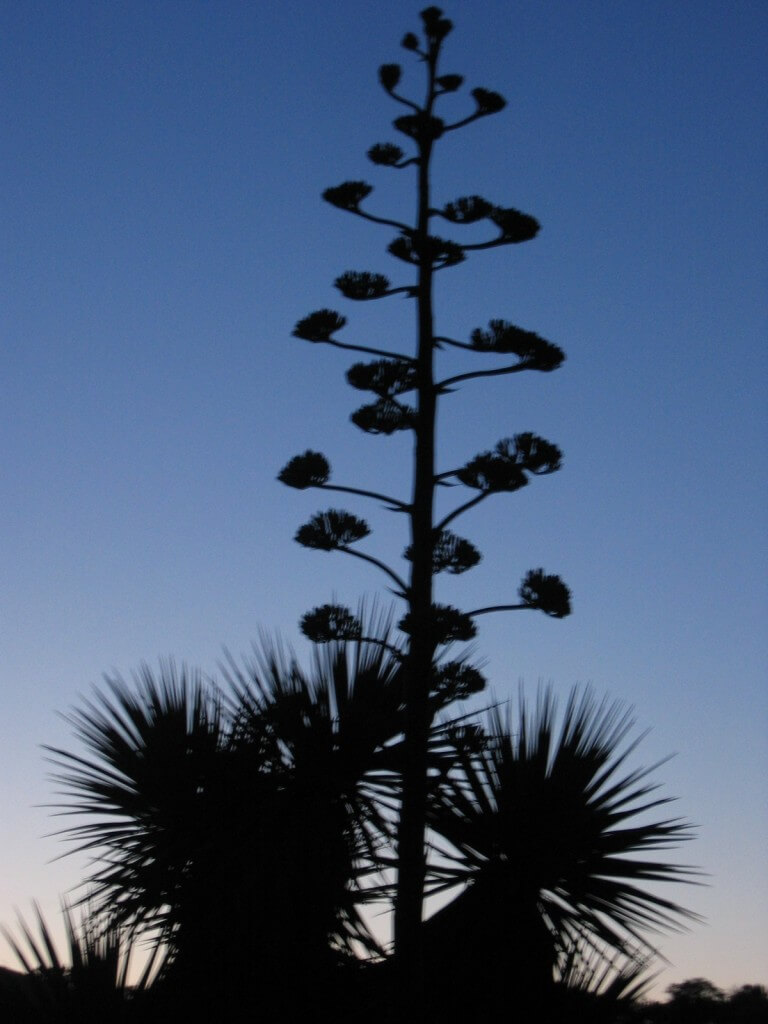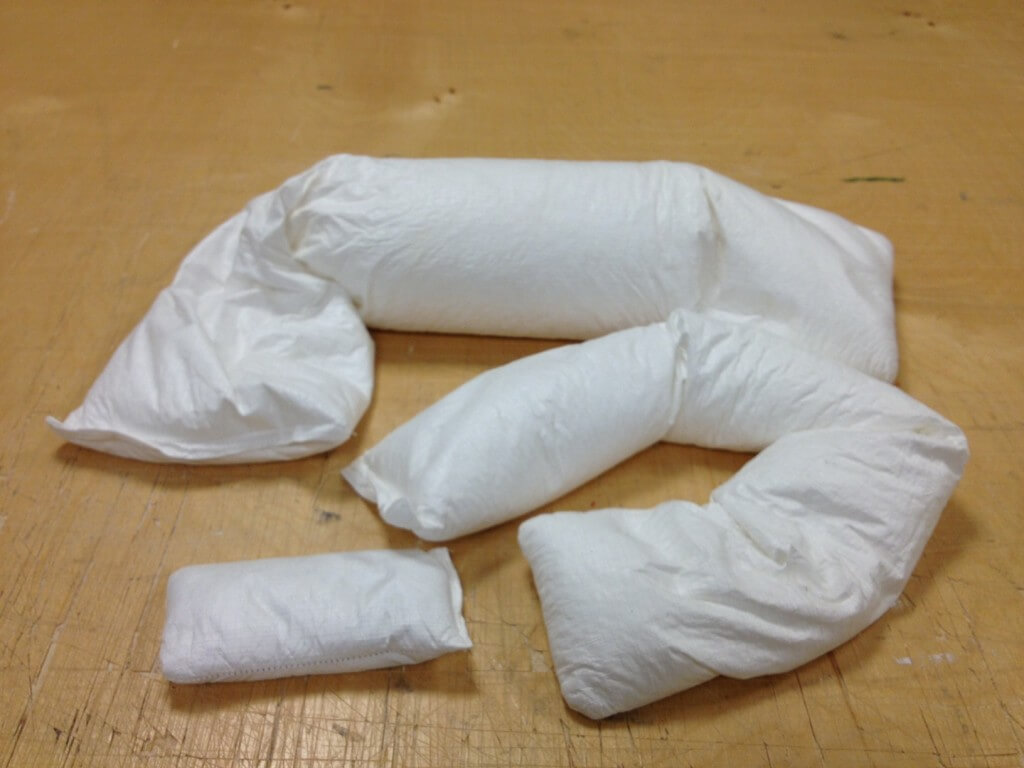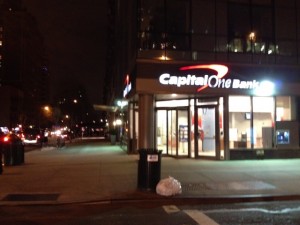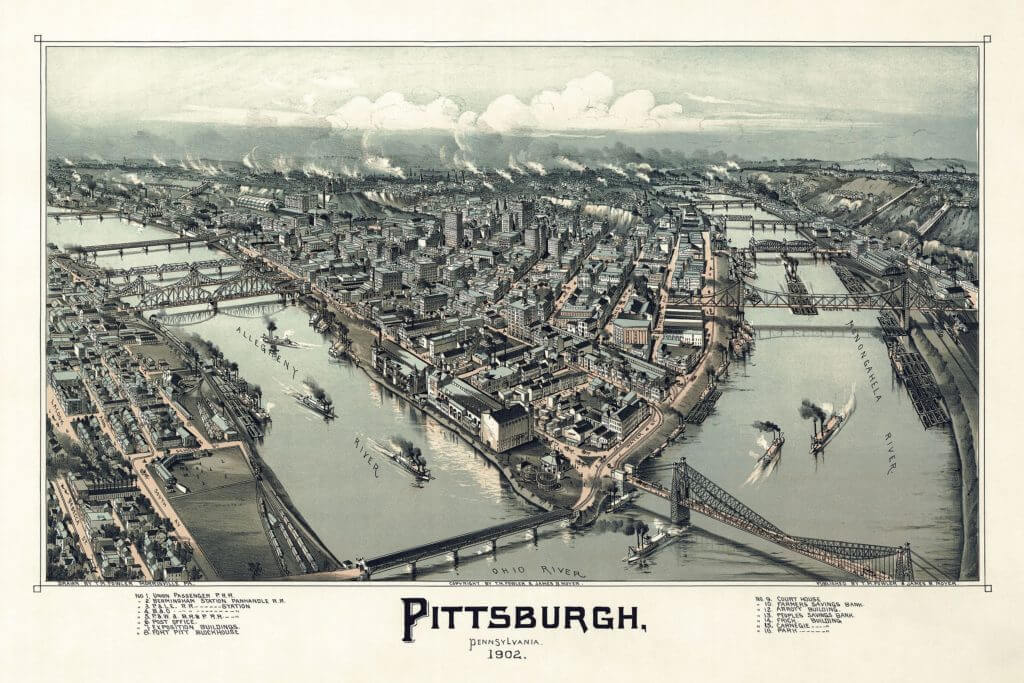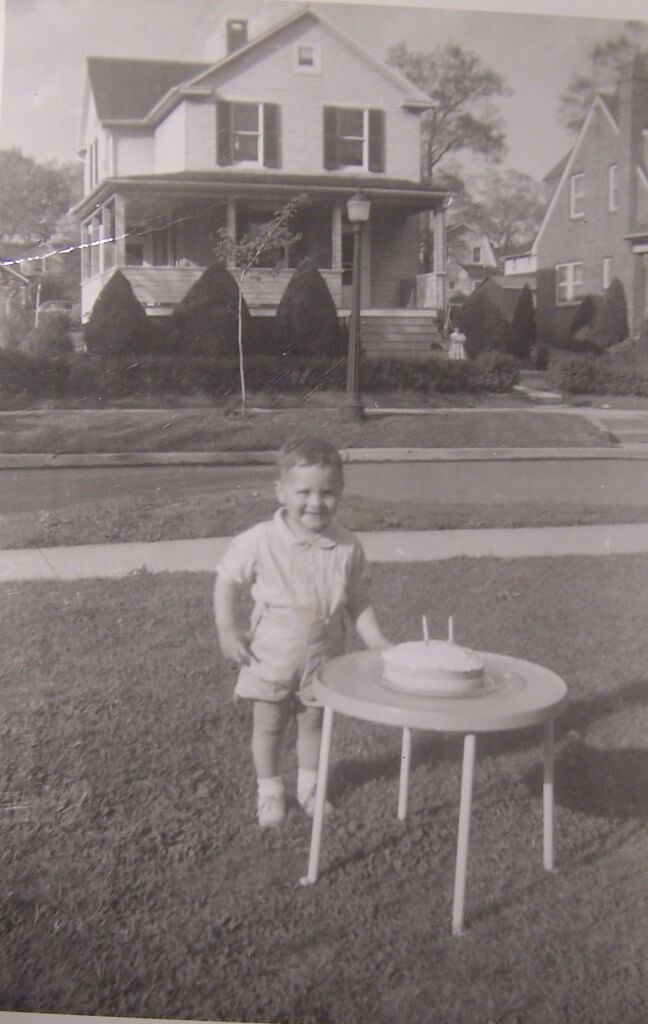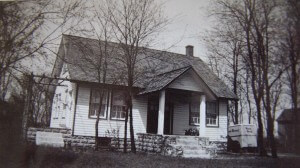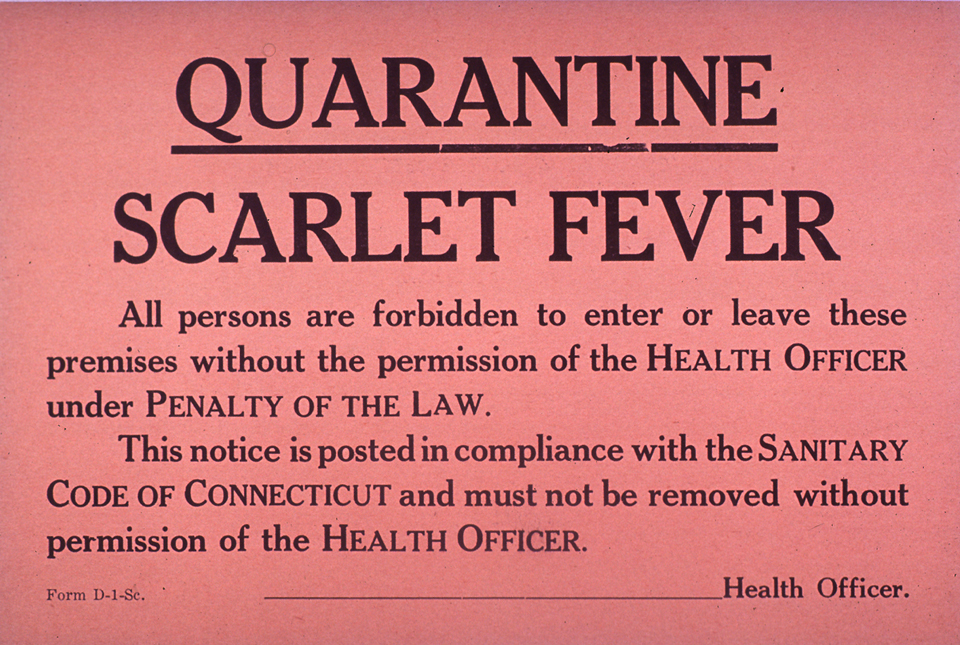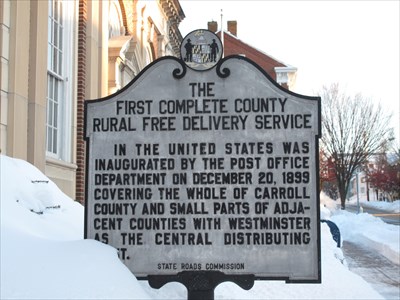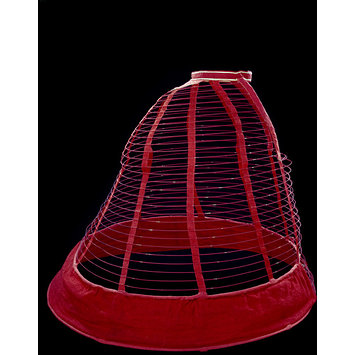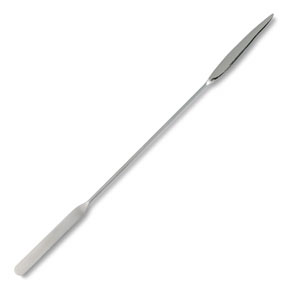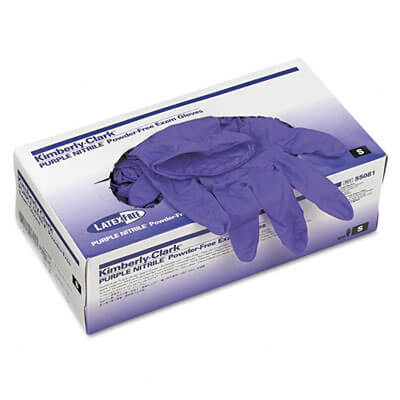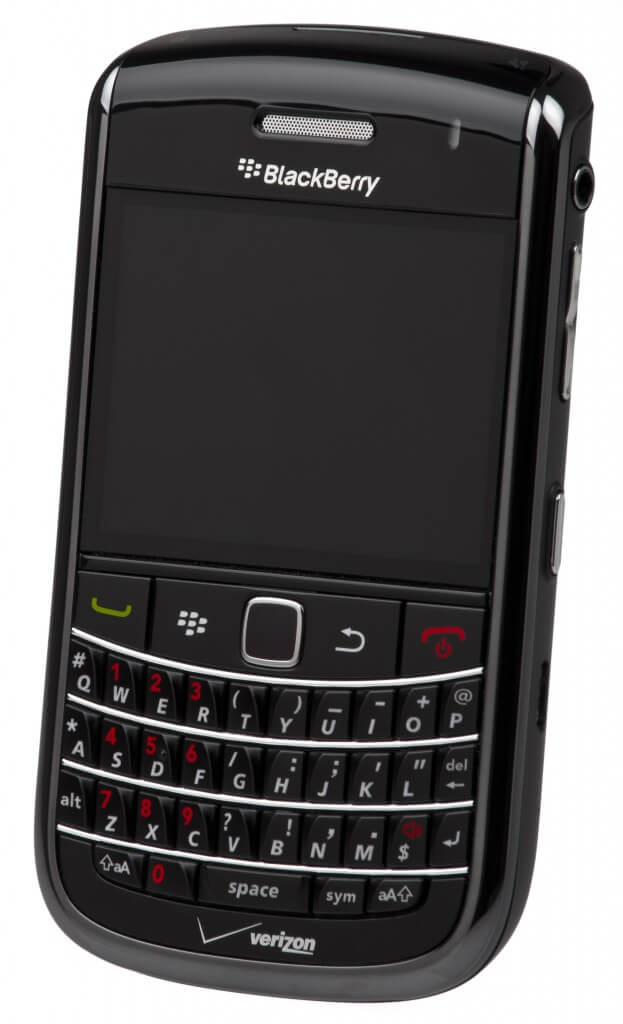
The stepped structure of the Maryland State Archives on Rowe Blvd, Annapolis.
For a building built in 1984, I think the Maryland State Archives inspires. Maybe it strikes a chord with me akin to the library buildings of my childhood. Unlike it’s colonial and colonial revival ancestors further down Rowe Blvd in the heart of Annapolis, the building lacks quoins, pedimented doorways, and mullioned windows. After Registration, you enter the reference/research area, a vaulted space warmed with wood, into which the sun occasionally shines. People are busy at work at computers, and the very friendly and competent archives staff has limitless patience for your questions (even if your fellow researchers behind you in line do not).
Of course, I don’t know how the collections storage is. I’ve got my own HVAC system to relate to, so I’ll stay blissfully unaware of theirs – except to say, it’s awfully cold in there. Bring a sweater.
I was there a couple of Saturdays ago looking up some Harford County family records (Bowmans, Baylesses, Coles, Mahans, Gilberts, Ruffs) as well as beginning some investigations into what records there might be of interest to my runaways indentured and enslaved servant project (read my article on the project here) like Anne Arundel County Convict Records 1771-75 and the AA County Judgement Records, revealing all the supposed sins of the colonial county. There was the usual assortment of genies (genealogists), a kid looking up a newspaper article with his family for a school project getting a first-rate one-on-one class on the history of Maryland newspapers from one of the archivists, and lots of happy women wanting copies of their divorce decrees.
I’ve been an intermittent patron at the MDSA over the last 15 years. I’ve used it to perform research on Smithsonian dress collections, to do family research, and now to work on my runaway project. Each time I arrive, something has changed. When I arrived this time, I noticed that the ever popular and buzzing microfilm rooms were dark. The website still mentions that researchers will use microfilm printers, what they don’t mention is that much of the microfilm has been digitized and is available at slow and ancient terminals still running Netscape.
Also, it doesn’t mention that not all the microfilm has been digitized, and that patrons must wait to have the microfilm digitized before viewing it. This process generally takes an hour, but is not available during Saturday research hours. It is forcing the digitization of collections, but at the expense of the researcher. Speaking about expense to the researcher, there’s no way for you to take home a copy of data you find except by paying $1 per printed sheet. No USB download available, no email capability. I saw one desperate soul photographing his computer monitor. I dropped $70 for a 7 hour research day. It’s unfortunate, especially as the digitized copies are not from the original paper source material, but from scratched microfilm. I’m fully sympathetic to institutions trying to meet user needs on limited budgets, but this is expensive for access to public records.
Thankfully, I had more than my hands full collecting documents and came away with some great things. Here’s a family will I snagged for Elizabeth Botts, my 5th great grandmother, from the Aberdeen/Deer Creek area of Harford County, Maryland, who died in 1807. I particularly like her textile gifts, including a calico bed quilt and calico counterpane.
Elizabeth Botts 1805/1807
[The clerk misspelled Botts “Boots” throughout, but it is signed and later witnessed using the spelling “Botts”]
In the Name of God Amen I Elizabeth Boots, widow of John Boots, of Harford County and the State of Maryland be very weak in body but of perfect sound mind and memory and knowing that it is appointed for all once to die do make and ordain this my last will and testament in manner and form following to wit
First of all I recommend my body to the ground to be buried in a decent and Christian like manner and as to what it hath pleased God to bless me with in this life after my just debts and funeral charges be paid I give and bequeath unto my beloved Daughter Sarah Stephenson one new Callico bed quilt to her and her Hers forever and no more,
Secondly I will and bequeath unto my beloved daughter Nancy Hughes one Callico counterpain to her and her heirs forever and no more.
Thirdly I give and bequeath unto my beloved son Isaac Boots the sum of five shillings to be paid him before the following division be made to him and his heirs for ever and no more.
Fourthly I give and bequeath unto my beloved sons James and John Boots and my beloved Daughter Aberiller Boots the remaining part of my Estate to be Equally divided between them except the two plow mares, my bed and furniture and my Silver Tablespoons which I will unto my beloved son John Boots and my Silver Teaspoons which I will unto my beloved daughter Aberiller Boots to them and their heirs forever which I do order in and by this my will to be taken but before any division be made and then the remainder to be Equally Divided between my two sons James and John Boots and my Daughter Aberiller Boots as before named share and share alike to them and theirs forever.
Fifthly and lastly I give and bequeath unto my two children above named John & Aberiller Boots all my part of my beloved son’s Estate who is deceased, to be Equally Divided between them ? alike to them and their heirs forever Hereby revoking and? all former wills by me heretofore made satisfying and conforming this as my last will and testament. In Witness whereof I have more unto set my hand and affixed my seal this Day of September 3 in the year of our lord Eighteen hundred five.
Elisabeth Botts
Harford County the 5th day of March 1807 then came James Botts who possessed the within last will and testament of Elizabeth Botts late of Harford County deceased and made oath on the holy evangels of Almighty God that he Received the same from John Botts and that it is the true and whole last will and testament of the said deceased that hath will and testament of the said deceased that hath come to his hands and possession and that he doth not know of any other.

